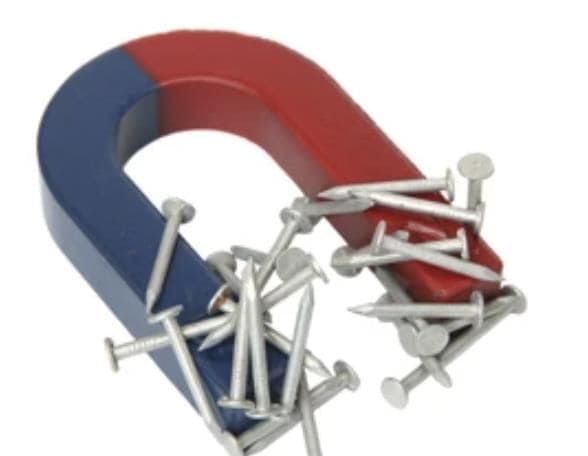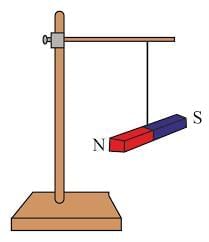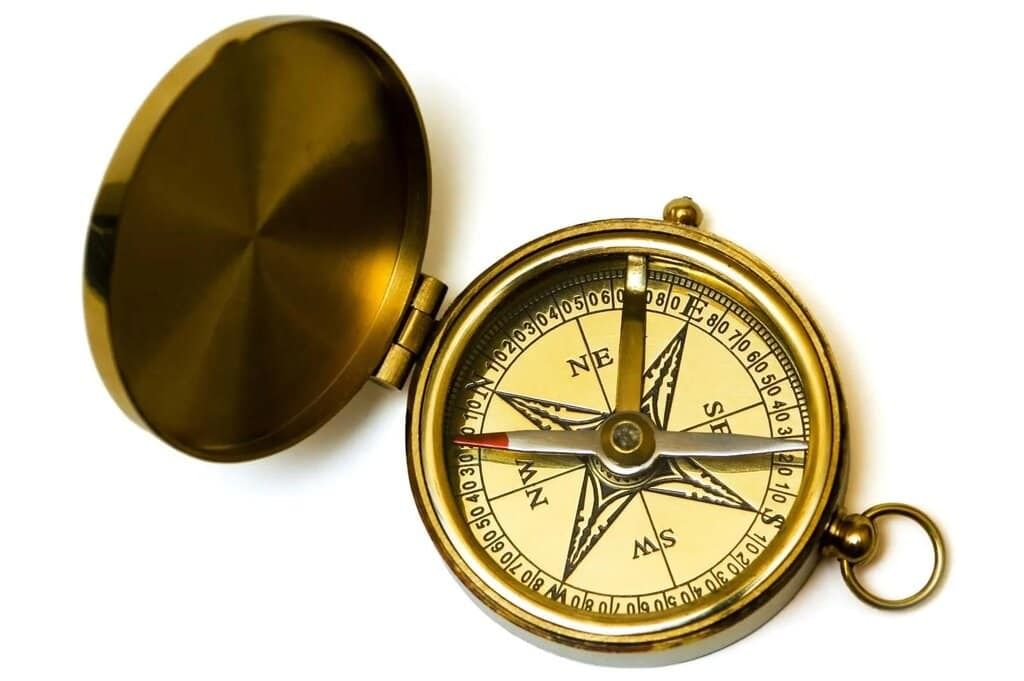Important Questions: Exploring Magnets | Science for Class 6 PDF Download
Q1: Which material is magnetic?
a) Plastic
b) Iron
c) Wood
d) Glass
Answer: b
Q2: Where is the magnetic force strongest in a bar magnet?
a) Middle
b) Sides
c) Poles
d) Center
Answer: c
Q3: What happens when two north poles of magnets face each other?
a) They attract
b) They repel
c) They stay still
d) They merge
Answer: b
Q4: What does a freely suspended magnet always point toward?
a) East-West
b) North-South
c) Up-Down
d) Left-Right
Answer: b
Q5: Which part of a magnetic compass is magnetized?
a) The box
b) The dial
c) The needle
d) The cover
Answer: c
Q6: Why is the Matsya-Yantra used historically in India?
a) Cooking
b) Sea navigation
c) Building
d) Farming
Answer: b
Q7: Which of these can weaken a magnet?
a) Storing it properly
b) Heating it
c) Keeping it near wood
d) Painting it
Answer: b
Q8: What color is often used to mark the North pole of a compass needle?
a) Blue
b) Green
c) Red
d) Black
Answer: c
Q9: Which of these is a non-magnetic material?
a) Nickel
b) Cobalt
c) Cloth
d) Iron
Answer: c
Q10: What do iron filings show when sprinkled around a magnet?
a) The weight of the magnet
b) The magnetic field
c) The color of the magnet
d) The size of the magnet
Answer: b
Q11: What are magnetic and non-magnetic materials? Give one example of each.
Answer: Magnetic materials are attracted to magnets, e.g., iron. Non-magnetic materials are not attracted to magnets, e.g., plastic.
Q12: Why do iron filings gather more at the poles of a magnet?
Answer: Iron filings gather more at the poles because the magnetic force is strongest at the North and South poles of a magnet.
Q13: How does a freely suspended magnet help in finding directions?
Answer: A freely suspended magnet aligns itself in the North-South direction, with its North pole pointing north and South pole pointing south, helping identify directions.
Q14: What is a magnetic compass, and what is its main use?
Answer: A magnetic compass is a device with a magnetized needle that points North-South. Its main use is to find directions, especially for navigation.
Q15: Name two ways to keep magnets safe.
Answer: 1. Store magnets in pairs with opposite poles together and a piece of wood between them.
2. Avoid heating, dropping, or hammering magnets.
Q16: Explain the attraction and repulsion between magnets with an example.
Answer: Magnets have two poles: North and South. Opposite poles (North-South) attract each other, pulling together, while similar poles (North-North or South-South) repel each other, pushing apart.
For example, if two toy cars have bar magnets, and the South pole of one faces the North pole of the other, the cars will move toward each other due to attraction. If both cars have North poles facing each other, they will push apart due to repulsion. This principle shows how magnetic forces work and is used in devices like magnetic locks or toys.
Q17: Describe how a magnetic compass works and compare it to a freely suspended magnet.
Answer: Working of a magnetic compass in comparison to suspended magnet
- A magnetic compass is a small circular device with a magnetized needle balanced on a pin, allowing it to rotate freely.
- The needle aligns with Earth’s magnetic field, pointing North-South, with the North end often marked red.
- To use it, place the compass flat, let the needle settle, and rotate the dial to align “North” with the needle, showing all directions.
- Compared to a freely suspended magnet, which hangs from a thread and aligns North-South but is less portable and slower to settle, a compass is compact, quick, and practical for navigation, like hiking. Both rely on Earth’s magnetic field but differ in usability and design.
Q18: Discuss the applications of magnets in daily life and how to care for them.
Answer: Magnets are used in daily life in various ways:
Fridge magnets hold notes or decorations.
Magnetic locks secure boxes or doors.
Cranes use magnets to lift iron scrap in junkyards.
Magnetic mazes in games guide steel balls.
Compasses help in navigation.
To care for magnets:Care of magnets: Proper care ensures magnets remain effective for these applications.
Store them in pairs with opposite poles together, separated by wood and soft iron pieces to maintain strength.
Avoid heating, dropping, or hammering, as these can weaken magnetism.
Keep magnets away from electronics like phones to prevent interference.
|
86 videos|288 docs|27 tests
|
FAQs on Important Questions: Exploring Magnets - Science for Class 6
| 1. What are the basic properties of magnets? |  |
| 2. How do magnets work? |  |
| 3. What are the different types of magnets? |  |
| 4. What are some common uses of magnets in daily life? |  |
| 5. How can magnets be safely handled and stored? |  |


























